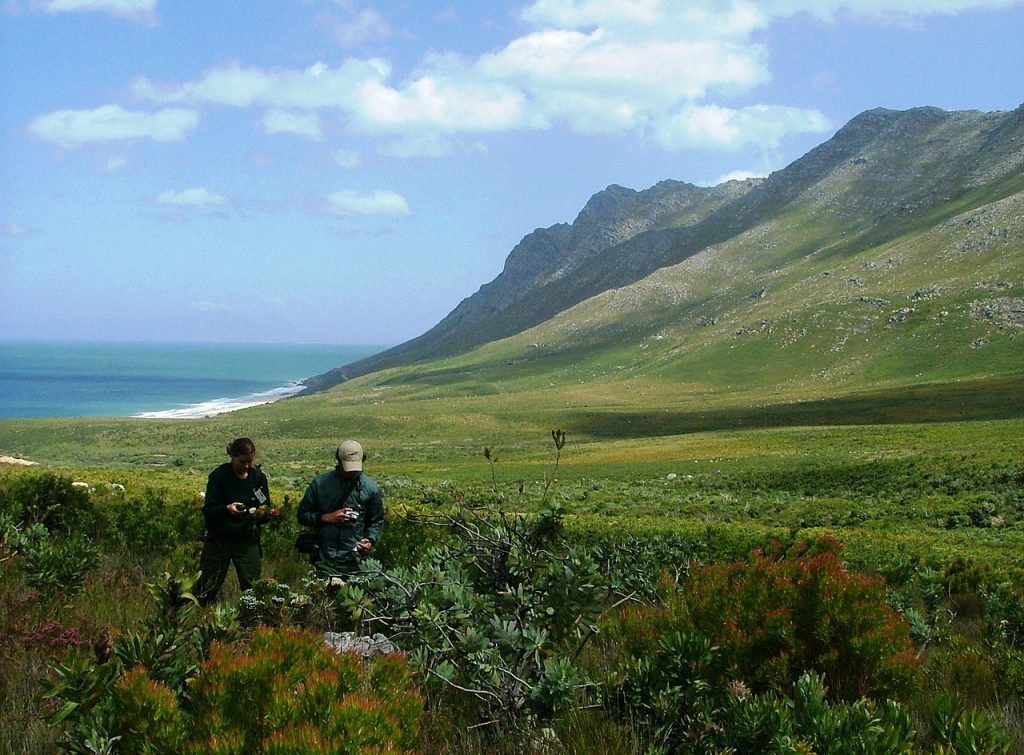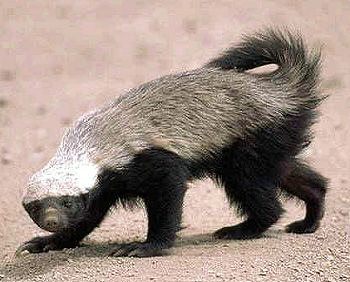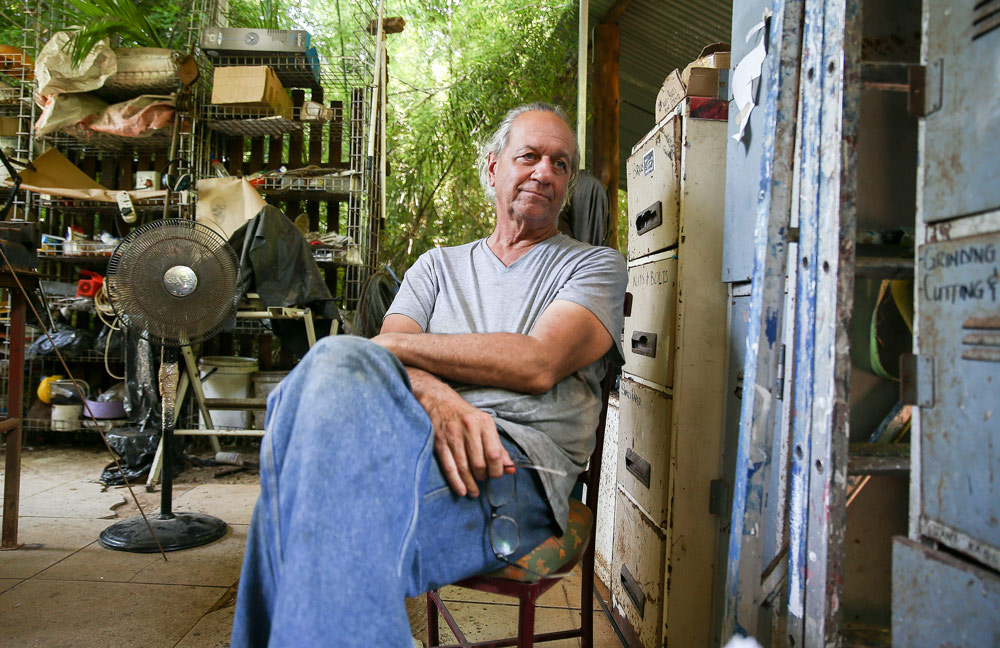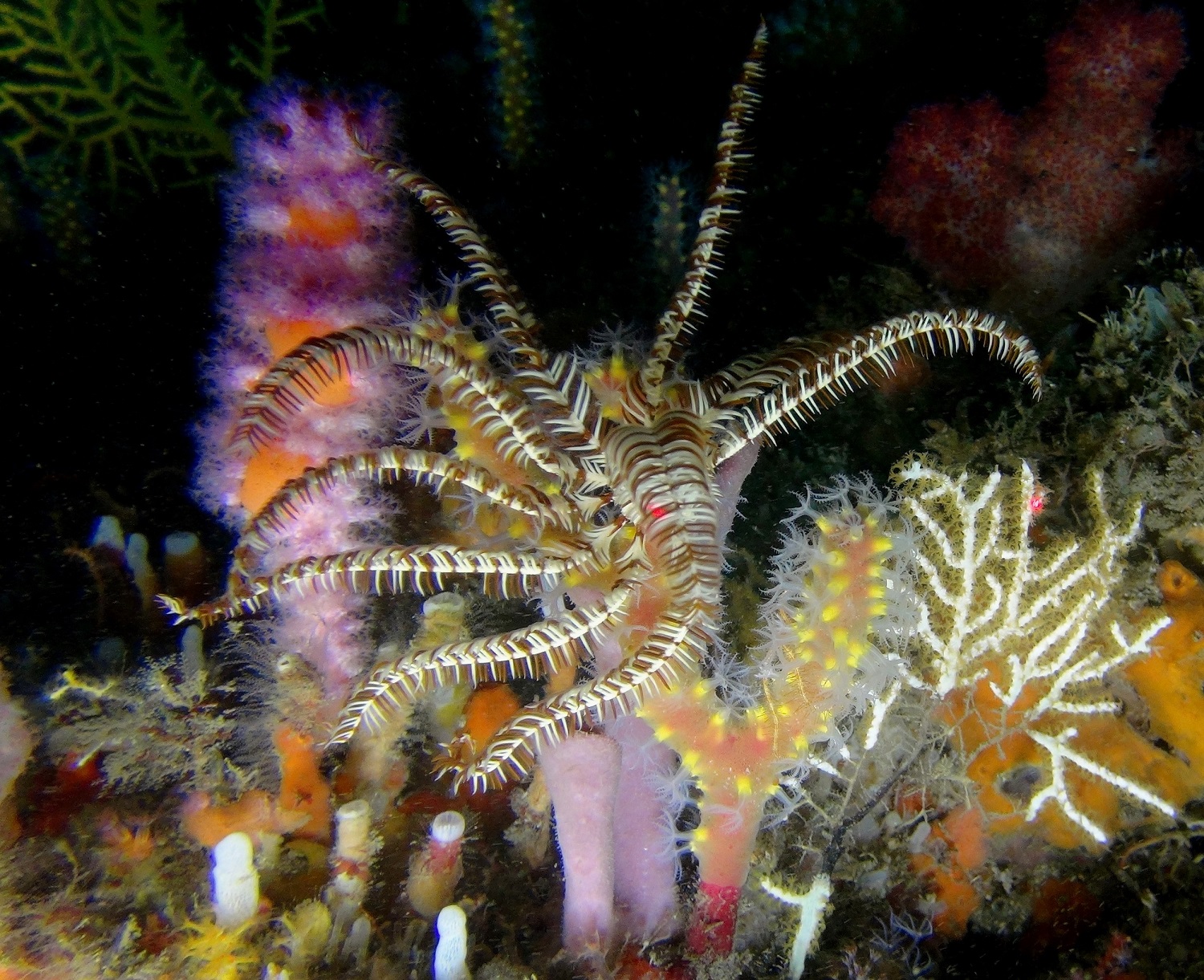In his latest Man Friday column, Tony Weaver, reflects on why he is removing poison rat traps from his house.
UCT researchers have found that rat poisons are infiltrating Cape Town’s peri-urban wildlife food chains, putting six major predator species at risk including otters, caracals, water mongoose, the Cape Eagle Owl, and honey badgers.
First published by Die Burger and Safarious
I often muse upon how blessed those of us are who live in the Western Cape. We are surrounded by one of the greatest wildlife paradises on Earth.
By wildlife, I don’t mean the charismatic “Big Five” of hunting mythology. I mean the little creatures, the incredible botanical diversity, and the sheer beauty and accessibility of it all.
I can leave my home in Little Mowbray, and 10 minutes later hike up the mountain from Rhodes Memorial, Newlands Forest or Kirstenbosch. It’s an hour’s drive to the West Coast National Park, Limietberg Nature Reserve or the Kogelberg Biosphere Reserve, two hours to the Groot Winterhoek, and three to the Cederberg. We have 13 protected areas conserving the Cape Floral Kingdom, covering an area of 10 000km², half the size of the Kruger National Park.

It is the most biodiverse place on earth with more than 9 000 plant species. Having that kind of biodiversity, and that level of species endemicism right in our midst places a special responsibility on each one of us that lives here.
What a privilege.
Responsibility
We may see these areas as something “over there”, beautiful to look at and to visit, but somehow detached from us – their management and conservation is the responsibility of someone else, “the authorities”.
But that’s not true.
Every urban household has rats, usually brown rats, Rattus Norvegicus, an invasive species introduced when the first ships arrived from Europe (yes, this time we canblame Jan van Riebeeck).
Horrible stuff
Rats are not particularly pleasant creatures; they carry disease and parasites and wreak havoc in unprotected food sources. So, what do we do? We pop into the supermarket and buy rat poison. Rat poison is horrible stuff. It works slowly, killing the rats over several days, introducing an anti-coagulant into their bloodstream.
Now researchers from UCT’s Institute for Communities and Wildlife in Africa have found that “anti-coagulant rat poisons are infiltrating Cape Town’s peri-urban wildlife food chains” with six major predator species at risk – caracal, Cape clawless otter, Cape Eagle Owl, large spotted genet, honey badger and water mongoose.

Rats that have ingested poison become slow-moving, making them easy prey, and 92% of caracals tested contained rat poison, with an overall exposure of 81% across the species tested.
And although wine farms don’t use rat poison to protect their vineyards, caracals living near them had the highest exposure, probably because of the proliferation of restaurants, hotels and residential developments in wine country.
Rubbish
Otters are being poisoned by water run-off, and the researchers said more “eco-friendly alternatives to rat poison” were needed. The simplest answer was better management of household rubbish.
Well, the City of Cape Town had a good solution – they paid unemployed Khayelitsha residents to set traps, catch the rats alive, and then they drowned them. The project was abandoned when the SPCA objected, saying this was cruelty to rats. Crueller than a slow death by anti-coagulant poison which then enters the predator food chain?
That aside, we are as guilty as the next and have poison rat traps around our house. But I am going to remove them now that I have read the UCT study – perhaps I can save at least one owl or one otter from a horrible death.
Tony Weaver, one of Africa’s most widely published photojournalists, is the deputy editor of Safarious.












